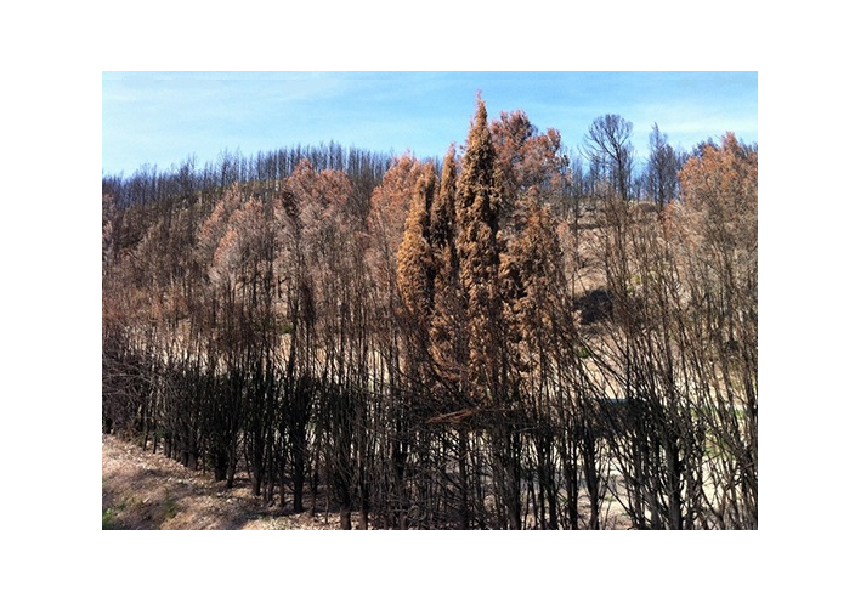
• Planting 3,000 million trees does not help to protect Biodiversity.
• Juli G. Pausas, a CIDE researcher, has collaborated in the preparation of a letter recently published in the journal Science, which reviews some of the actions to be implemented in the new EU Biodiversity Strategy for 2030.
Massive plantations per se should not be part of the EU Biodiversity Strategy 2030, argue researchers Susana Gómez González and Raúl Ochoa Hueso from the University of Cádiz and researcher Juli G. Pausas from the Desertification Research Center (CIDE, CSIC-UV-GVA), in a letter recently published in the prestigious journal Science.
Biodiversity is essential for life and constitutes, in itself, a priceless natural resource that must be protected if we want to keep the planet habitable. However, as a consequence of human activities, many species are in danger of extinction. It is in this context, and in the face of the great challenges we face, that the EU Biodiversity Strategy 2030 arises.
“Getting nature back to health is fundamental to our physical and mental well-being and will help us fight climate change and disease outbreaks. It is an essential element of our growth strategy, the European Green Pact, and is part of the European recovery that gives back to the planet more than it takes from it.” These words from the President of the European Commission, Ursula von der Leyen capture the spirit of the European Commission.
This strategy is based on several pillars: the establishment of protected areas for at least 30% of Europe's land and 30% of its seas; the restoration of degraded marine and terrestrial ecosystems throughout Europe; and the release of 20 billion euros per year for biodiversity. In order to achieve these objectives, a number of actions are planned. Among them, planting 3 billion trees by 2030.
Massive plantations, however, have been and are strongly criticized by the scientific community for their negative impact both ecologically and economically and for their limited role in climate change mitigation. The diversity of ecosystems is not only measured by the number of trees that compose them. The structure and composition of plantations, the choice of species, the density of planting, the sites selected, etc., are key issues. Natural, semi-natural and agricultural ecosystems have unique but closely related characteristics that require integrated solutions.
Planting 3 billion trees could not only pose a threat to those European ecosystems where there are no trees naturally, but also, given global warming, could induce an increase in forest fires, as these are strongly influenced by the quantity and continuity of biomass, i.e. fuel material.
Therefore, measures to preserve biodiversity should prioritize the search for safer and more effective solutions. Those that move towards the integration of the different spaces, interspersing productive systems based on nature with protected natural areas, and all this in order to maximize biodiversity, resilience and the provision of goods and services that nature offers us.
Afforestation falls short as a biodiversity strategy. Susana Gómez-González, Raúl Ochoa-Hueso and Juli G. Pausas. Science 368 (6498), 1439. DOI: 10.1126/science.abd3064
Also look: https://jgpausas.blogs.uv.es/2019/10/17/afforestation-is-not-a-solution-to-mitigate-co2-emissions/
CIDE Communication









